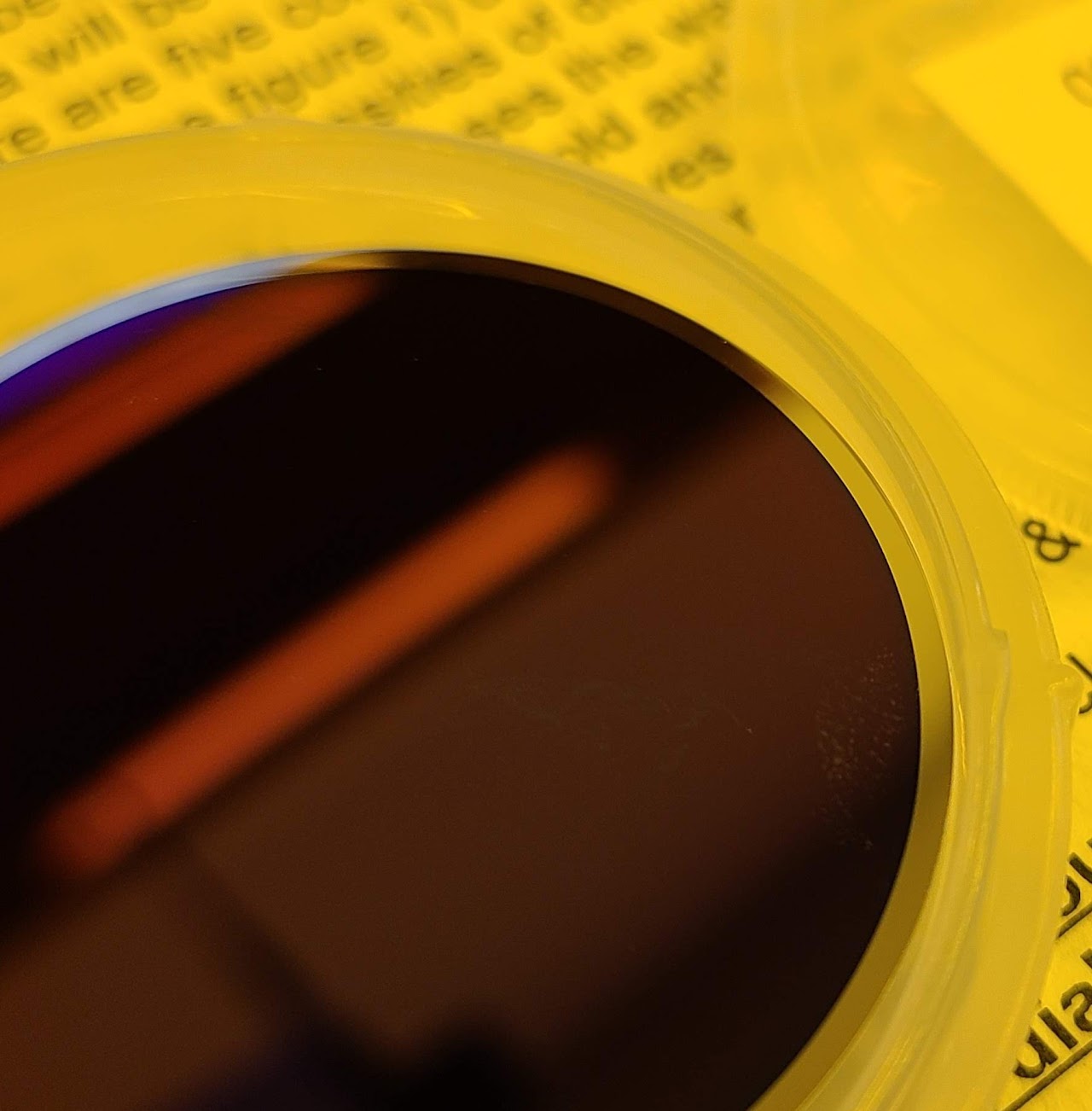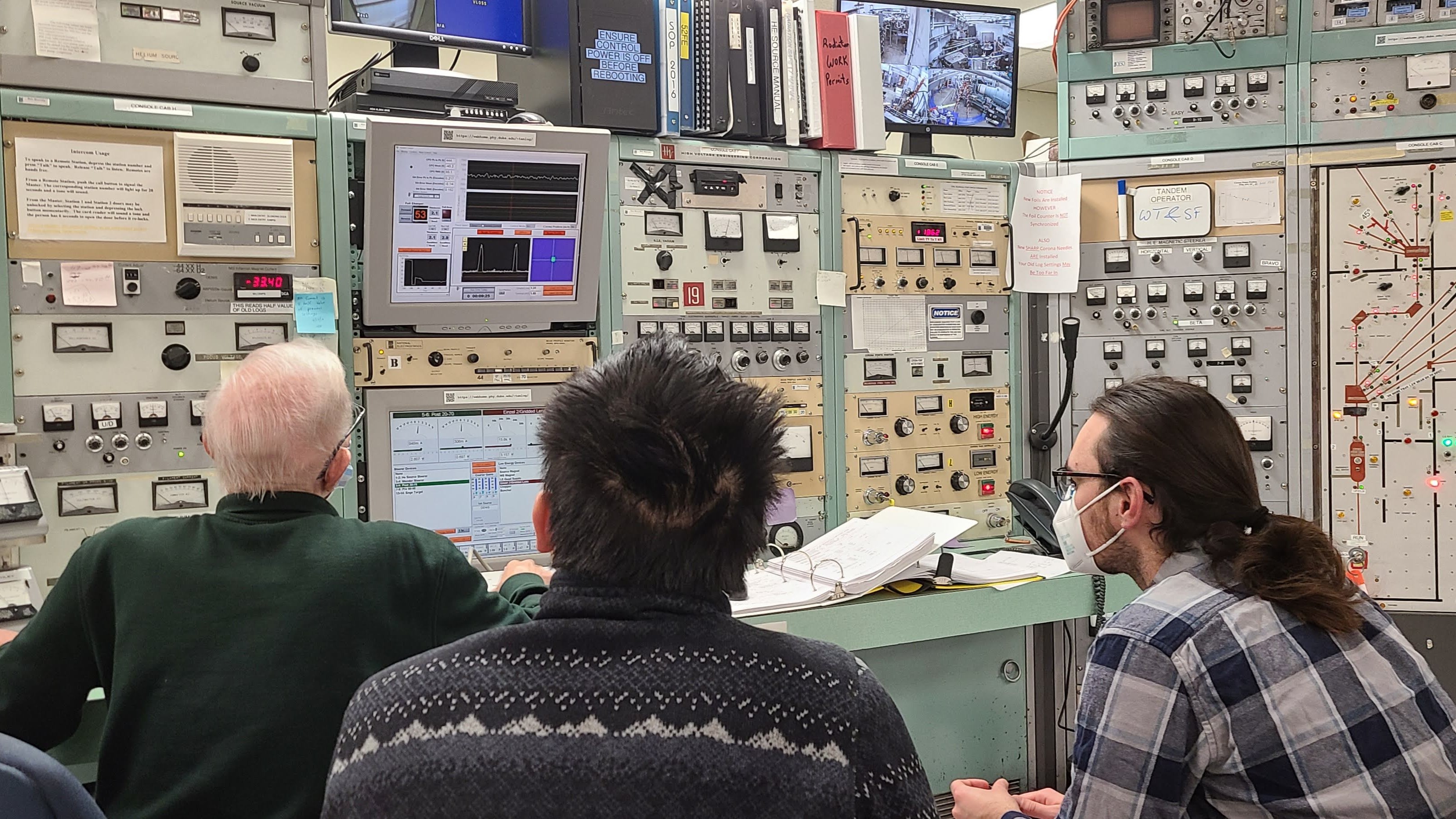CUPID
CUORE with Upgraded Particle IDentification: Neutrinoless Double Beta Decay in 100-Mo
CUPID is the next generation of CUORE, and will use dual-channel readout to search for neutrinoless double beta decay in the isotope 100Mo. These two energy channels are heat, through phonons just as in CUORE, and light — as particles pass through the Li2MoO4 cryogenic calorimeters that CUPID will use, scintillation light will be emitted. The ratio of signals between heat and light is indicative of the particle that produced the signal — specifically discriminating between $\alpha$ and $\beta$/$\gamma$ signals. You can learn more about the physics of CUPID at this link.
My Work on CUPID:
Development of light-collecting bolometers with anti-reflective coatings: This project continues work performed at the University of California, Los Angeles (UCLA). CUPID will use a series of lithium molybdate scintillating bolometers to search for neutrinoless double beta decay (see all the details here). The final coating plan for CUPID is currently under development, taking into account the angular distribution of emitted scintillation photons, radiopurity, and the use of NTD or TES readouts. Using the Marvell Nanofabrication Laboratory on the UC Berkeley campus, I characterize existing SiO-Ge systems using ellipsometry and reflectometry in preparation for cryogenic tests. More advanced fabrication will include deposition of non-SiO coatings as well as characterization of coated Si bolometers.

My previous work included designing, manufacturing, and analyzing anti-reflective coatings for use with Si and Ge light detectors to improve light collection efficiency for use in scintillating bolometer detectors (e.g. CUPID). This work was published in JINST.
Measurements of Neutron-Induced Gamma Ray Background of 100-Mo: To examine the impact of gamma ray background due to neutron scattering of 100Mo, we conducted an experiment at the Tandem van de Graaff Accelerator at Triangle Universities Nuclear Laboratory (TUNL) using a sample of CUPID’s enriched Li2100MoO4. I convene the working group of researchers from TUNL, Virginia Tech, MIT, Tennessee Tech, and UC Berkeley, and supervise the students working on analyzing beam data and calculating cross sections from neutrons at 6 MeV energy.

